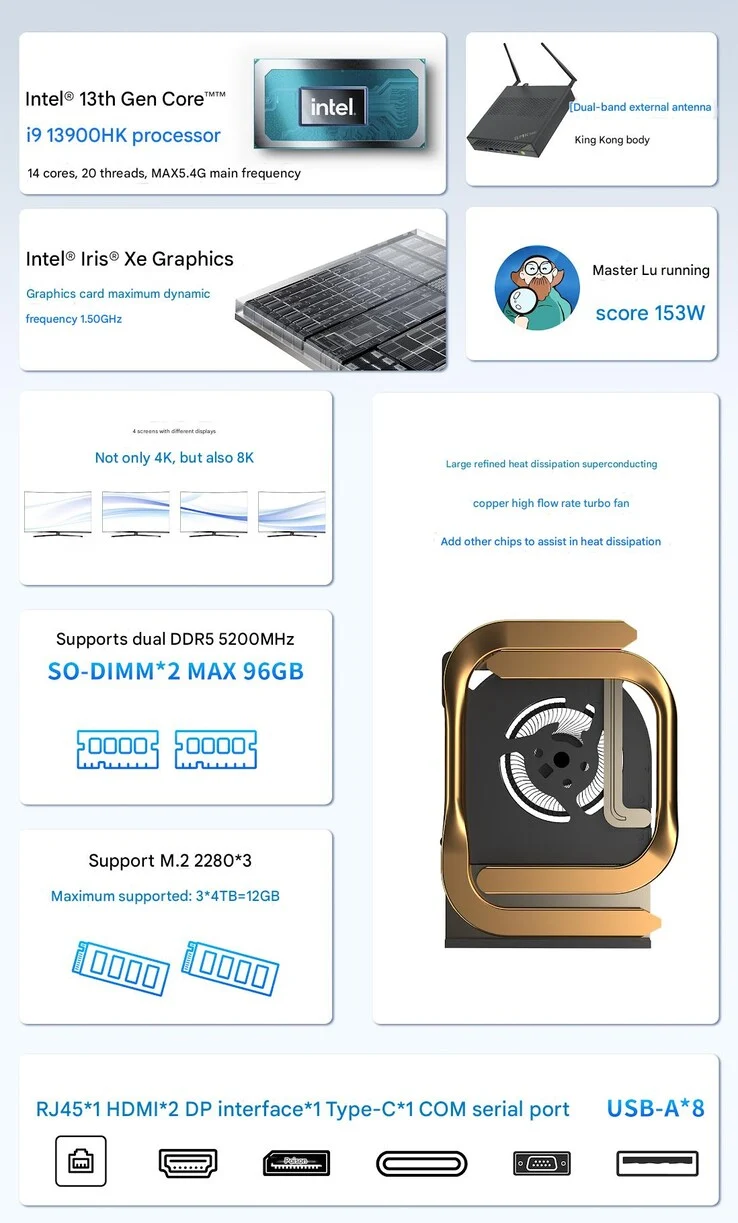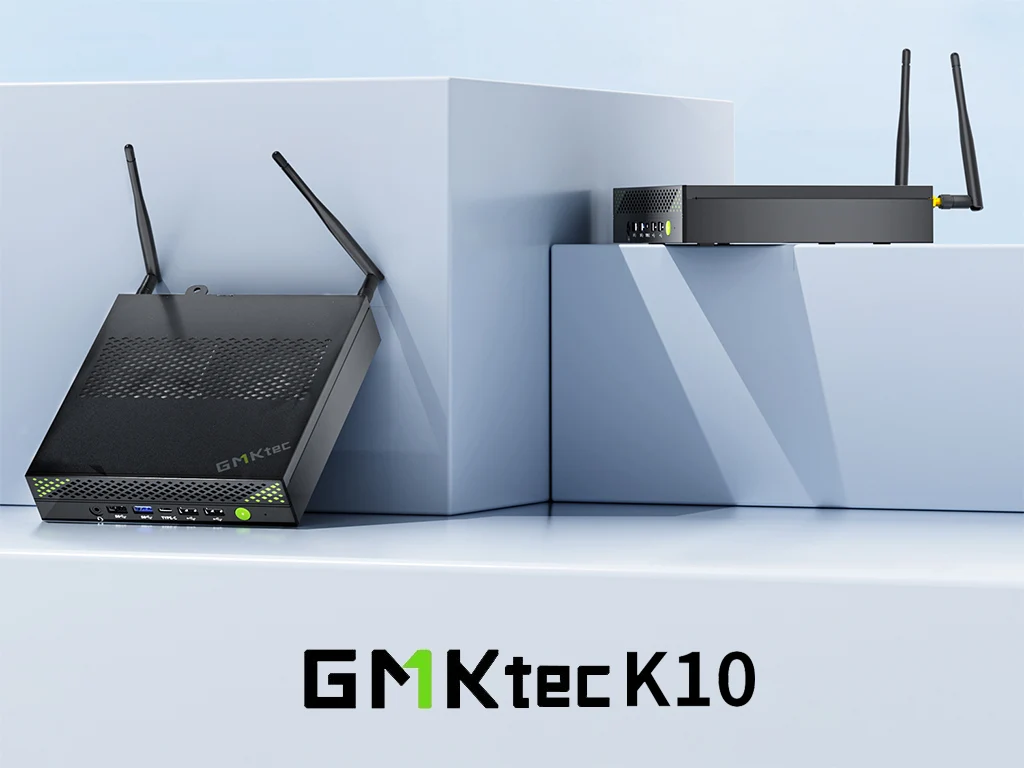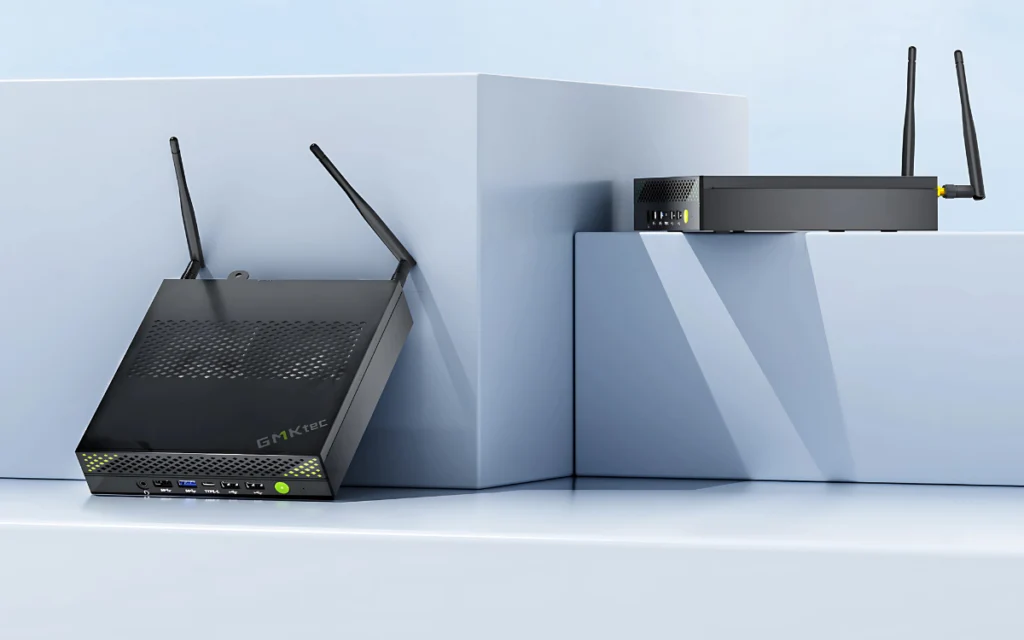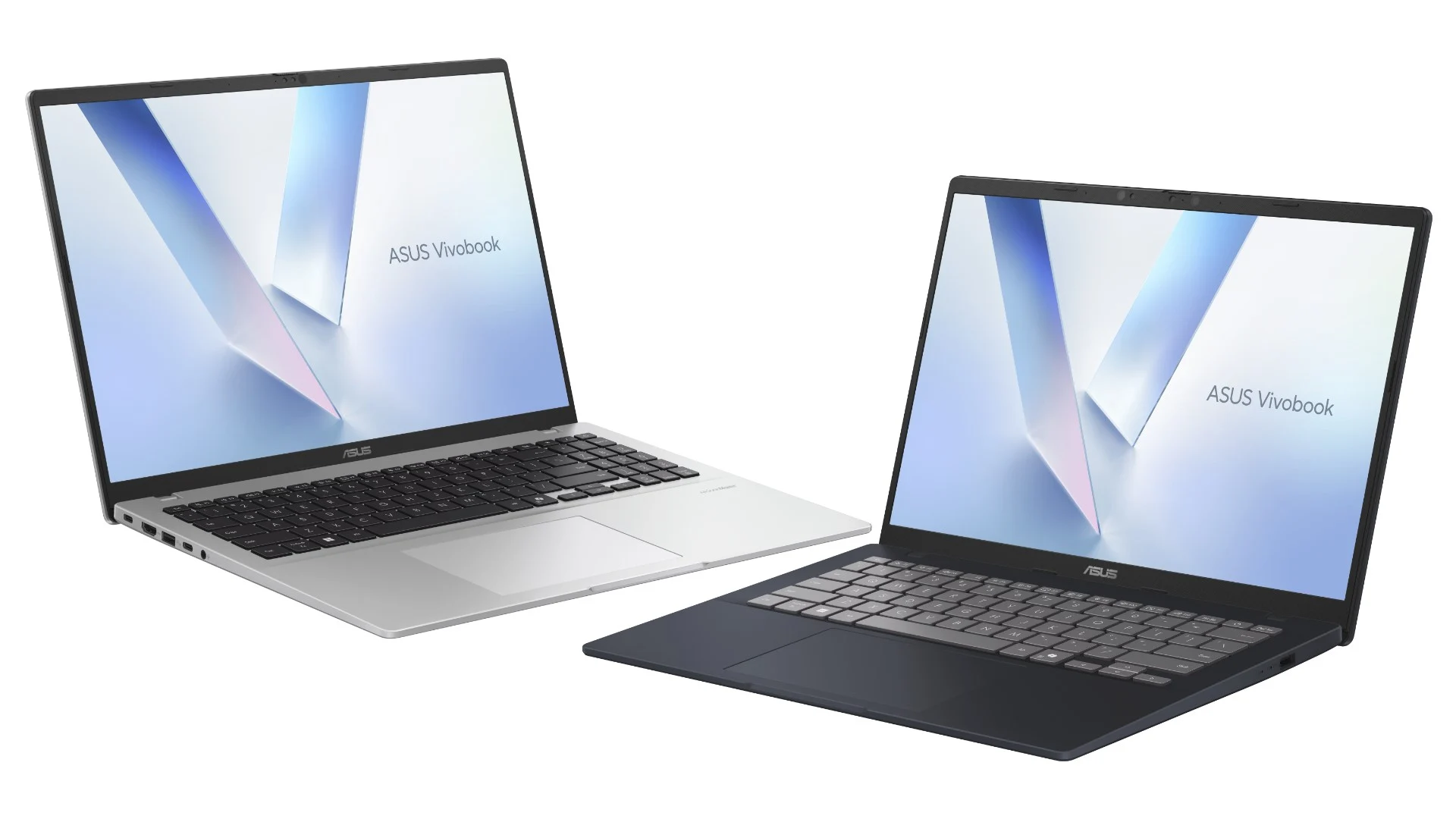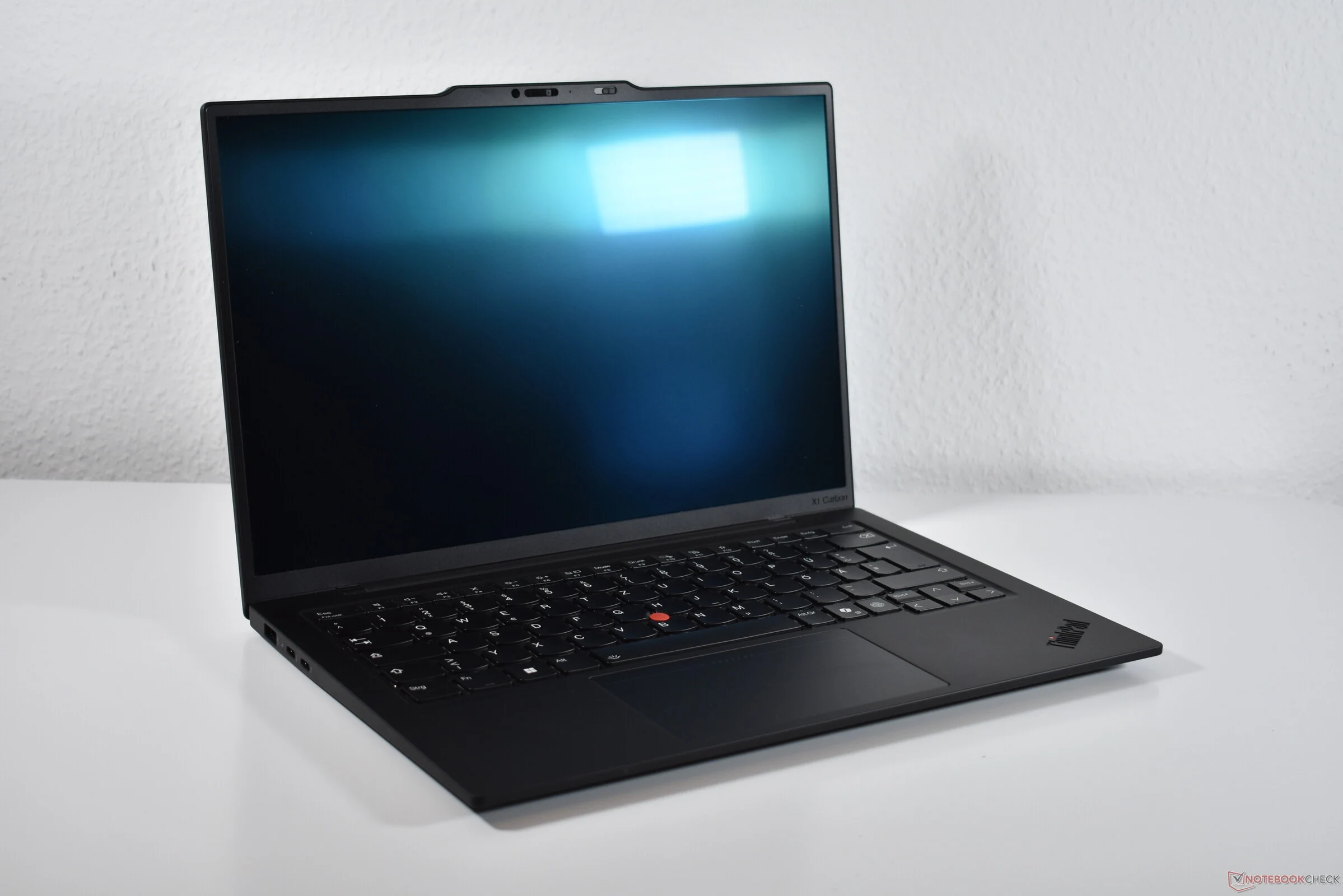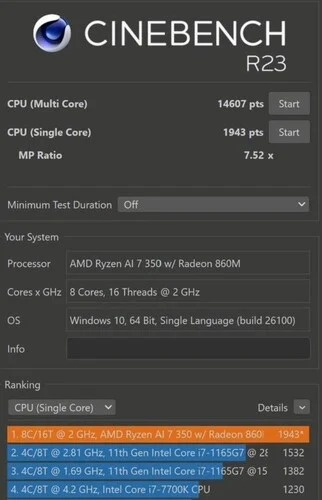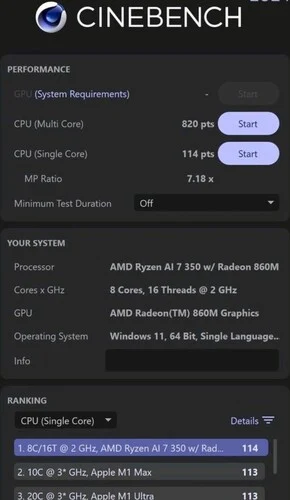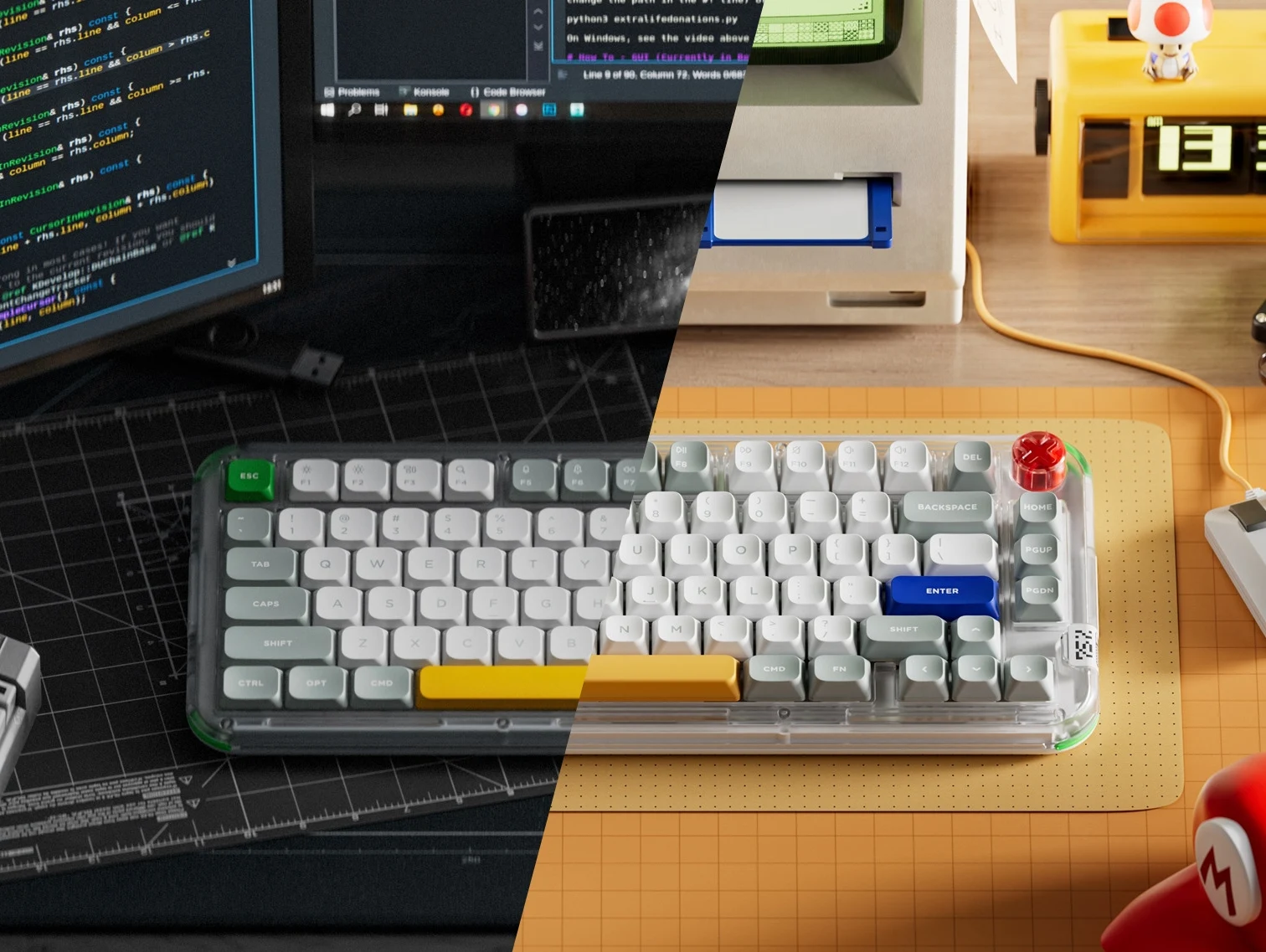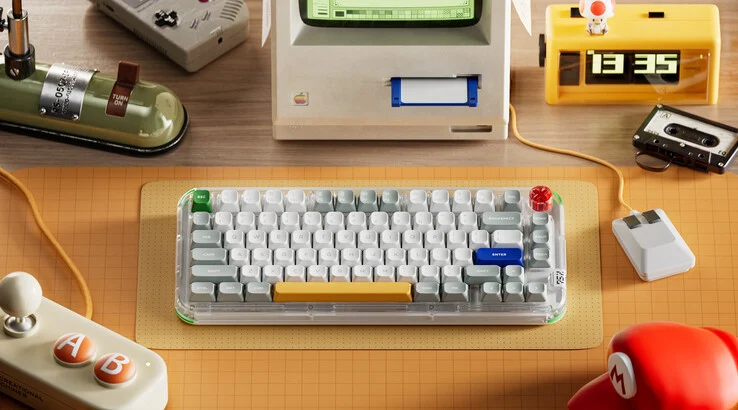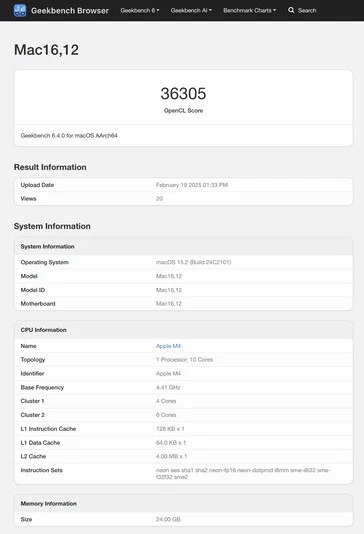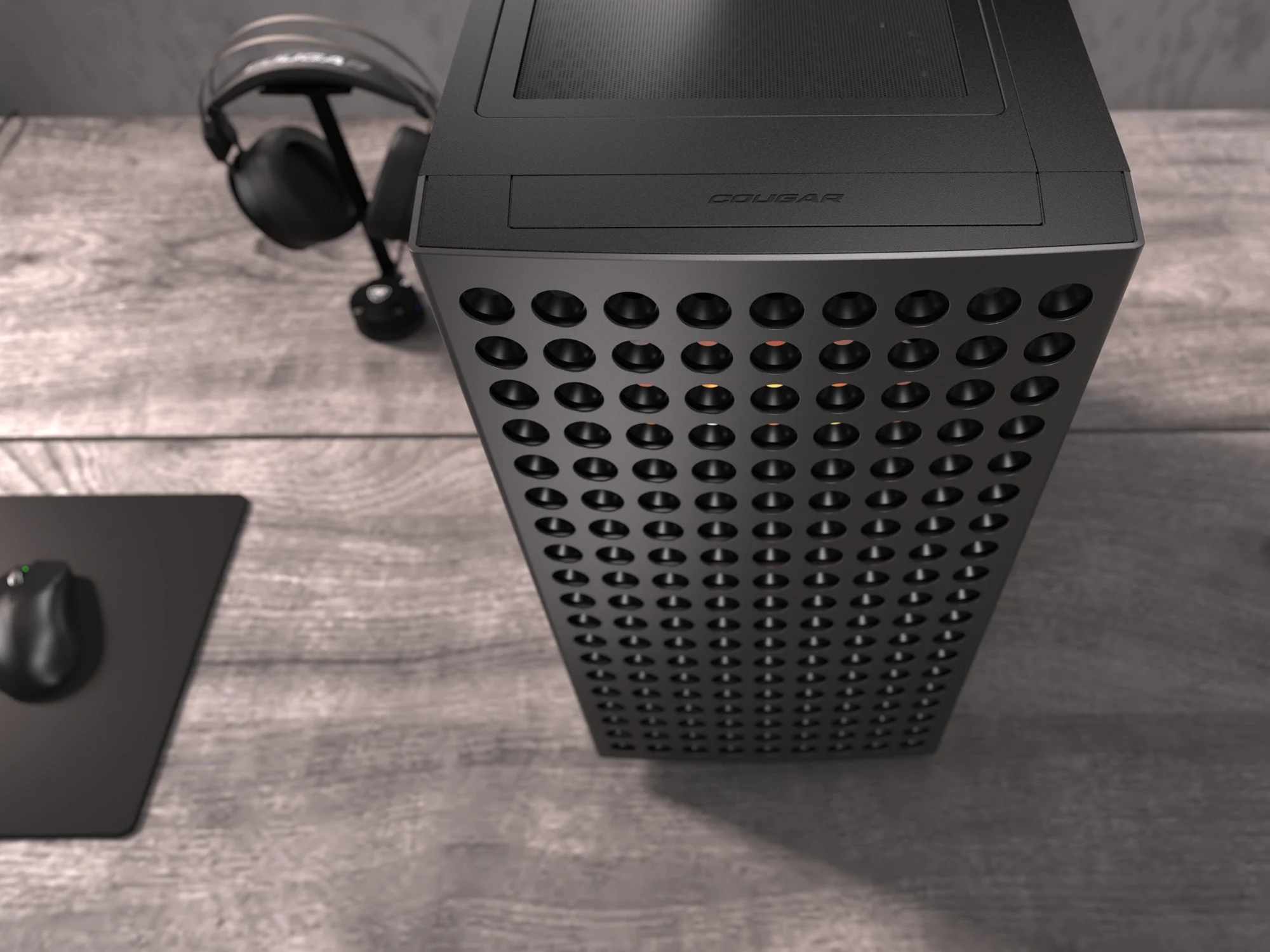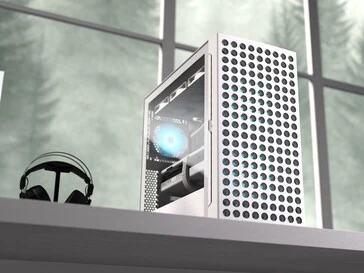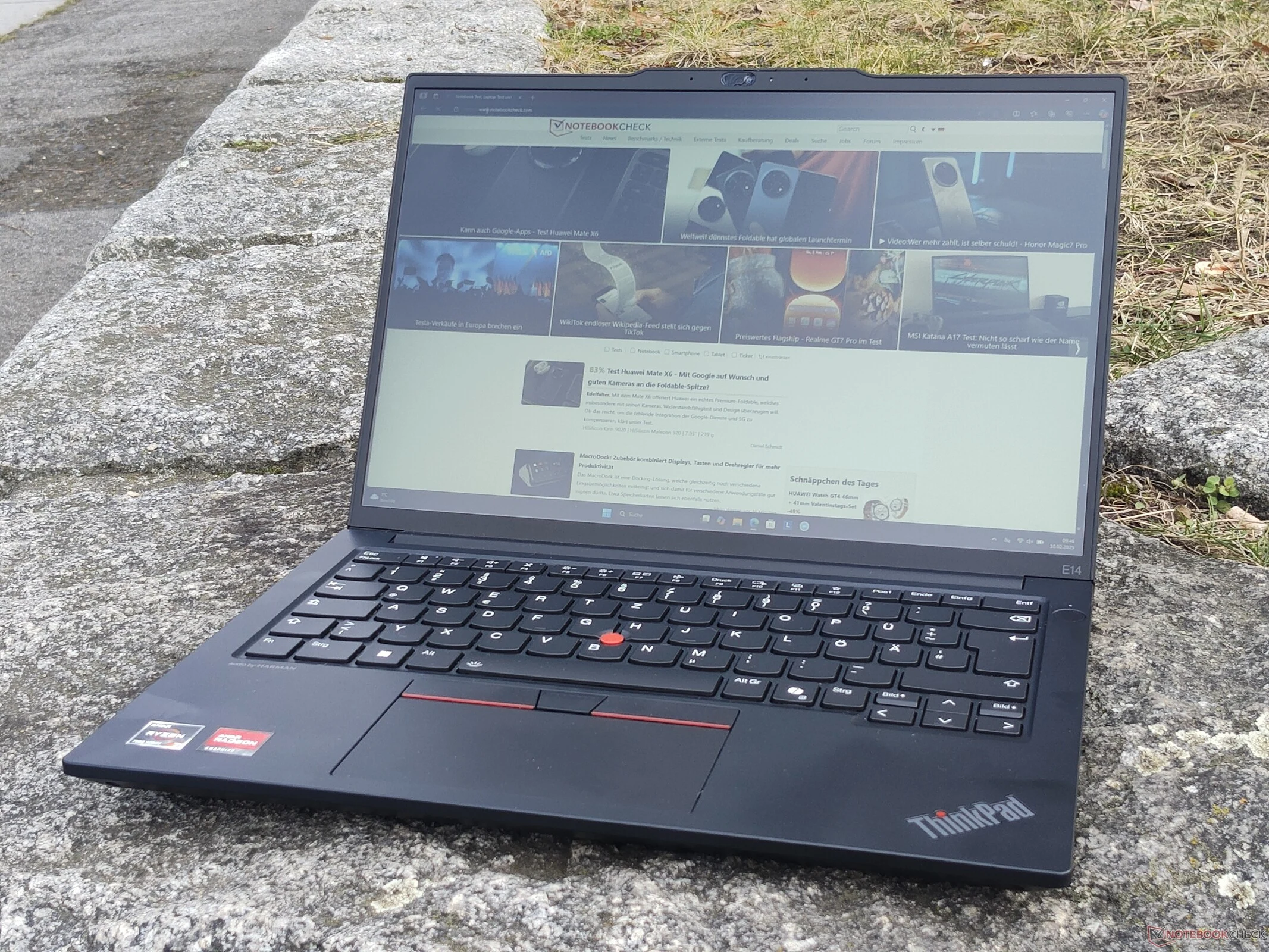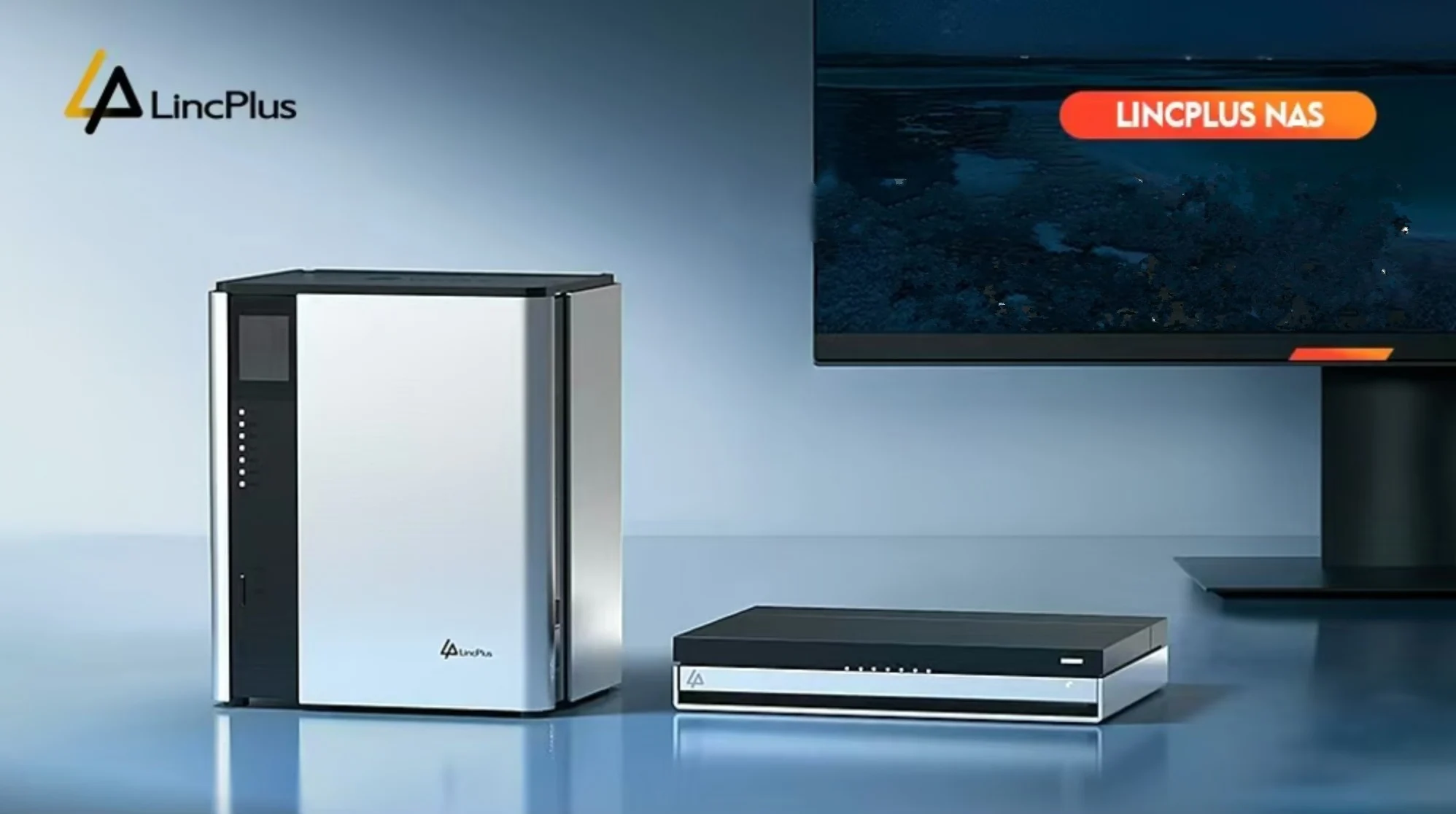Key Takeaways
1. Powerful Processor: The GMK K10 features the Intel Core i9 13900HK, making it suitable for intensive server tasks.
2. Advanced Cooling System: It includes a high-flow rate turbofan for consistent performance under pressure.
3. High Memory and Storage Support: The mini server supports up to 96 GB of DDR5 RAM and has three M.2 slots for a maximum storage capacity of 12 TB.
4. Versatile Functionality: The K10 can operate as both a mini server and a mini PC, with a high-performance mode for gaming.
5. Extensive Connectivity Options: It offers multiple ports, supports 2.5G Ethernet and WiFi 6, and is capable of 8K video output.
GMKtec has launched a new mini PC in China, named the K10. This device is referred to as a mini server, featuring the Intel Core i9 13900HK, a powerful processor from the Raptor Lake-H series. This high-end CPU makes the K10 suitable for handling intensive server tasks.
Cooling and Memory Support
The company emphasizes that this CPU is complemented by an extensive cooling system equipped with a “high-flow rate turbofan.” This is said to ensure consistent performance even when under pressure. Additionally, the mini server supports up to 96 GB of DDR5 RAM and includes three M.2 2280 slots, allowing for a maximum storage capacity of 12 TB (currently, a 4 TB Samsung 990 Evo Plus costs $267 on Amazon).
Versatility of the K10
While the GMK K10 is primarily designed as a mini server, GMKtec asserts that it can function as a typical mini PC as well. It features three different modes, with the “high-performance mode” intended for gaming purposes. However, it’s important to note that the integrated GPU isn’t as powerful as options like the Radeon 780M.
Connectivity and Features
On the server side, GMKtec points out the extensive connectivity options and network setup of the K10. It is equipped with a COM serial port, four USB 3.2 Gen 2 ports, one HDMI, one USB Type-C, one DisplayPort, and an additional four USB 2.0 ports. Furthermore, this mini server supports 2.5G Ethernet, WiFi 6, and includes two antenna terminals.
In addition, the GMK K10 is capable of 8K video output and boasts a compact design. At present, the mini PC is available for pre-order in China, but there is no information about its global availability or pricing as of now.
Source:
Link
